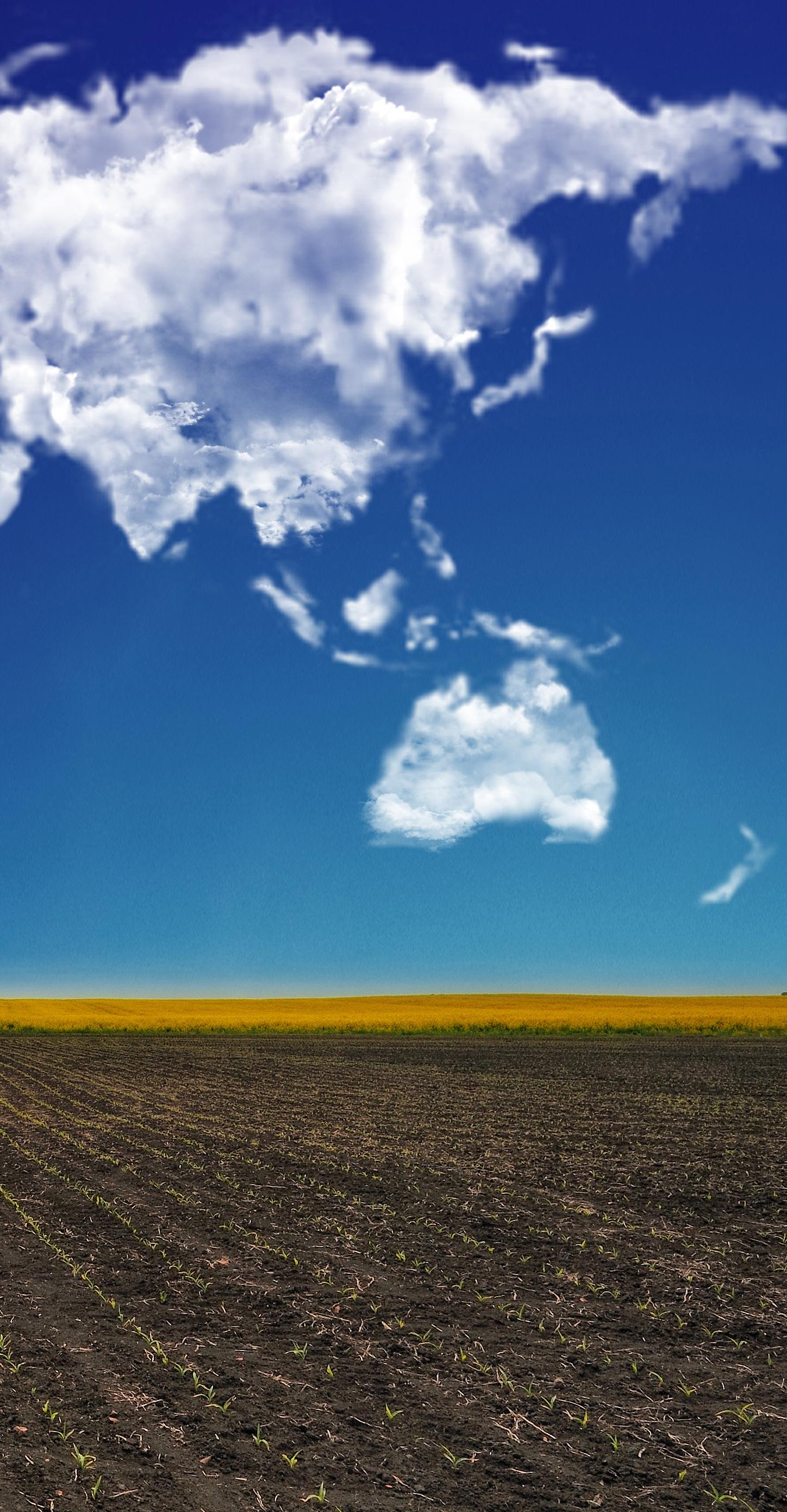
5 minute read
Spring Forecasting: What is Next?
from 2024 PLANT Magazine
by AgCountryFCS
Written by: Steve Wohlenhaus, CEO of Weatherology
This winter has been anything but normal. Above-average temperatures and a lack of snow contrast greatly to what we experienced during the previous winter.
Snow cover heading into February was virtually nonexistent as the month started off much warmer and drier than normal. One to six inches of snow was common across northeastern Minnesota and northern Wisconsin. Otherwise, less than one inch of snow was typical elsewhere and many farm fields were bare.
Most river basins are currently rated in the lowest percentile of historical averages regarding flooding potential. Areas of west central Minnesota are inching into the upper 25% range, and portions of northeastern Minnesota and northern Wisconsin are stretching into the upper 50% range of “normal streamflow.”
Any sudden surge in spring moisture could easily increase flooding scenarios that may impact tributaries adjacent to low-lying farmland. We are optimistic spring flooding will be manageable and historically neutral across the region.
Assuming our current prediction of precipitation materializes, odds are we ease into the spring planting season with little fanfare. Flood potential remains low across Minnesota, North Dakota, and Wisconsin, and current trends suggest little departure from the existing trend.
One thing to note is that March is traditionally the snowiest month on record across the region. The warmer-thanaverage temperatures forecasted through April are leading to rain being equally as likely to occur during a period when heavy snowfall is more typical.
The latest drought map shows normal soil conditions across most of North and South Dakota. Sections of northeastern North Dakota still show signs of moderate to severe drought, especially across Cavalier, Pembina, and portions of Walsh counties.
Much of central and northern Minnesota are experiencing abnormally dry conditions with pockets of moderate to severe drought across Lake of the Woods, Beltrami, Hubbard, Cass, Itasca, and Koochiching counties. Portions of southeastern Minnesota also report moderate drought conditions.
Much of northern Wisconsin is also abnormally dry with pockets of moderate drought across Ashland, Iron, Price, Taylor, Lincoln, Vilas, Oneida, Lincoln, and Langlade counties. A small section of southwest Wisconsin is reporting unusually dry conditions between La Crosse, Marquette, and Crawford counties.
Is La Niña Next?
The long-range forecast into the month of May still indicates the influence of El Niño across the northern tier of states. Above average temperatures still look likely heading into early spring, which will impact precipitation events that would traditionally yield significant snowfall.
The precipitation into early spring appears to emulate the trend we have seen all winter. Models currently show at-to-below normal rain and snowfall values anticipated.
The latest El Niño modeling and observations indicate a gradual weakening and return to an El Niño-southern oscillation (ENSO) neutral pattern by April. Historically, this relaxation of El Niño can precede a developing La Niña event by the following fall.
We are merely speculating at this point, but the sudden shift toward neutrality lends credibility to that possibility. If you enjoy statistical probabilities, I will estimate a 75% plus chance that spring around our region will be warmer and drier than normal.
A typical La Niña winter features colderthan-normal conditions for the upper Midwest. The polar jet stream dives south and chilly air from Canada tends to come with it more frequently. This is normally accompanied by quick moving clipper systems that shake loose frequent snowfall across the region. Winter snowfall can be especially heavy across the Great Lakes from Wisconsin into New England. Cold air moving east over the Great Lakes generates lake effect snow that can be very heavy.
Weather Around the World
We often focus on what is happening locally. It can be beneficial to understand what is happening elsewhere as agricultural commodities are grown and consumed in many foreign markets.
Europe has been cold and wet across the north and wet and warm across southern regions.
The Middle East has been warmer than normal while winter has delivered heavier rainfall across Turkey and Iran.
Africa continues to experience drought conditions from Morrocco to Algeria, with warmer and wetter conditions throughout South Africa, improving crop conditions in the eastern agricultural region.
Beneficial rains have been falling through southeast Asia despite an overall deficit that afflicts most areas.
Weather across Australia has been wetter in the east, favoring summer crop development. Drier conditions prevail in the western portion of the country where crop stress continues to indicate lower precipitation values.
It is no secret that the weather in Argentina and Brazil has the potential to impact commodity prices for farmers and ranchers in our region. Argentina has been blessed with heavy rain in the higher yielding corn and soybean locations. Western and southern sections of the country are still very dry with little relief in sight.
Brazil has experienced above normal temperatures, which have created higher evaporation levels and greater stress on livestock. Rainfall has been plentiful with this warmer, more unsettled scenario. Pockets of extremely dry conditions are isolated across the extreme northwestern tip of the country, along with extreme southwestern regions.
We will closely monitor these weather events and keep a careful eye on the developing trends for 2024.


